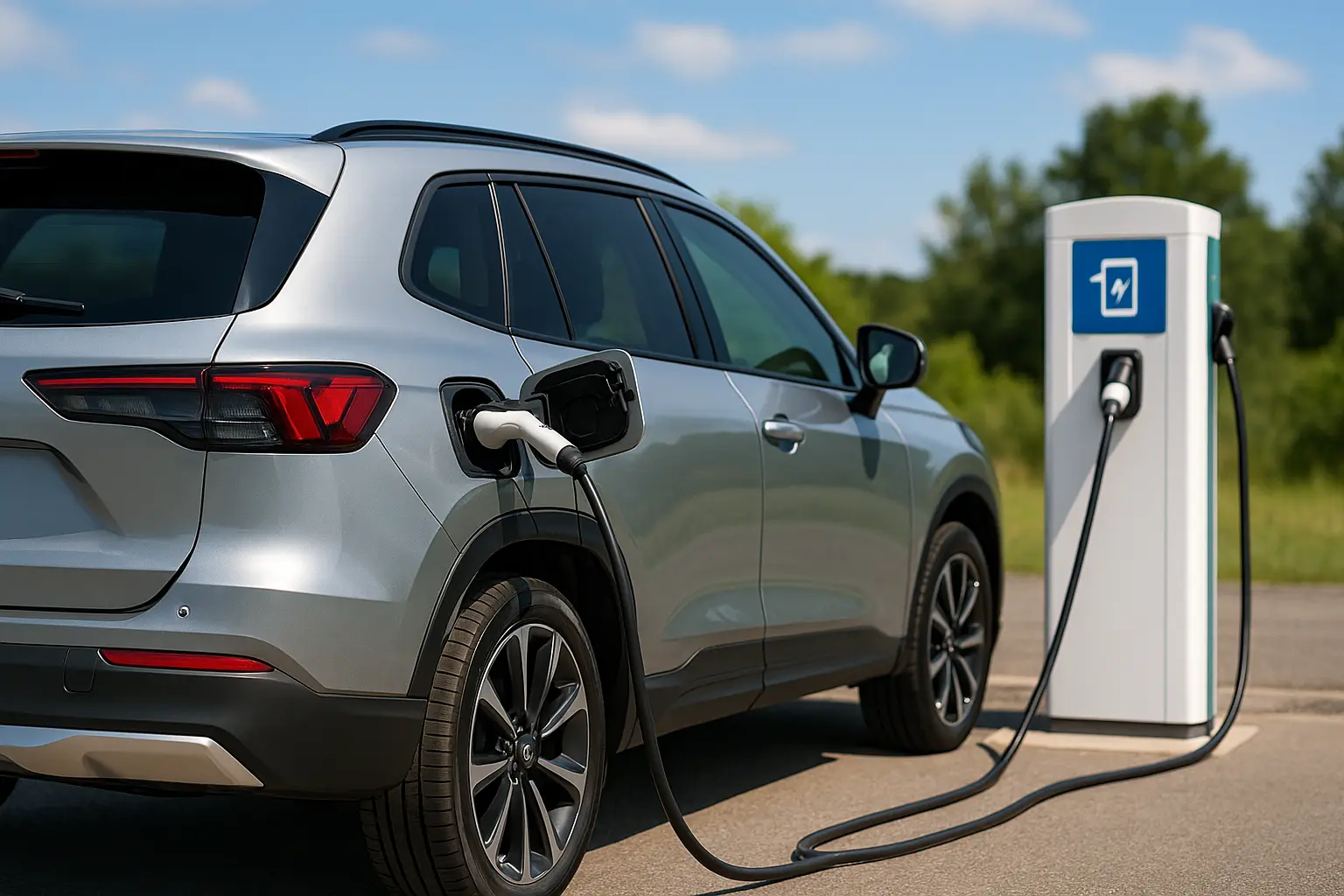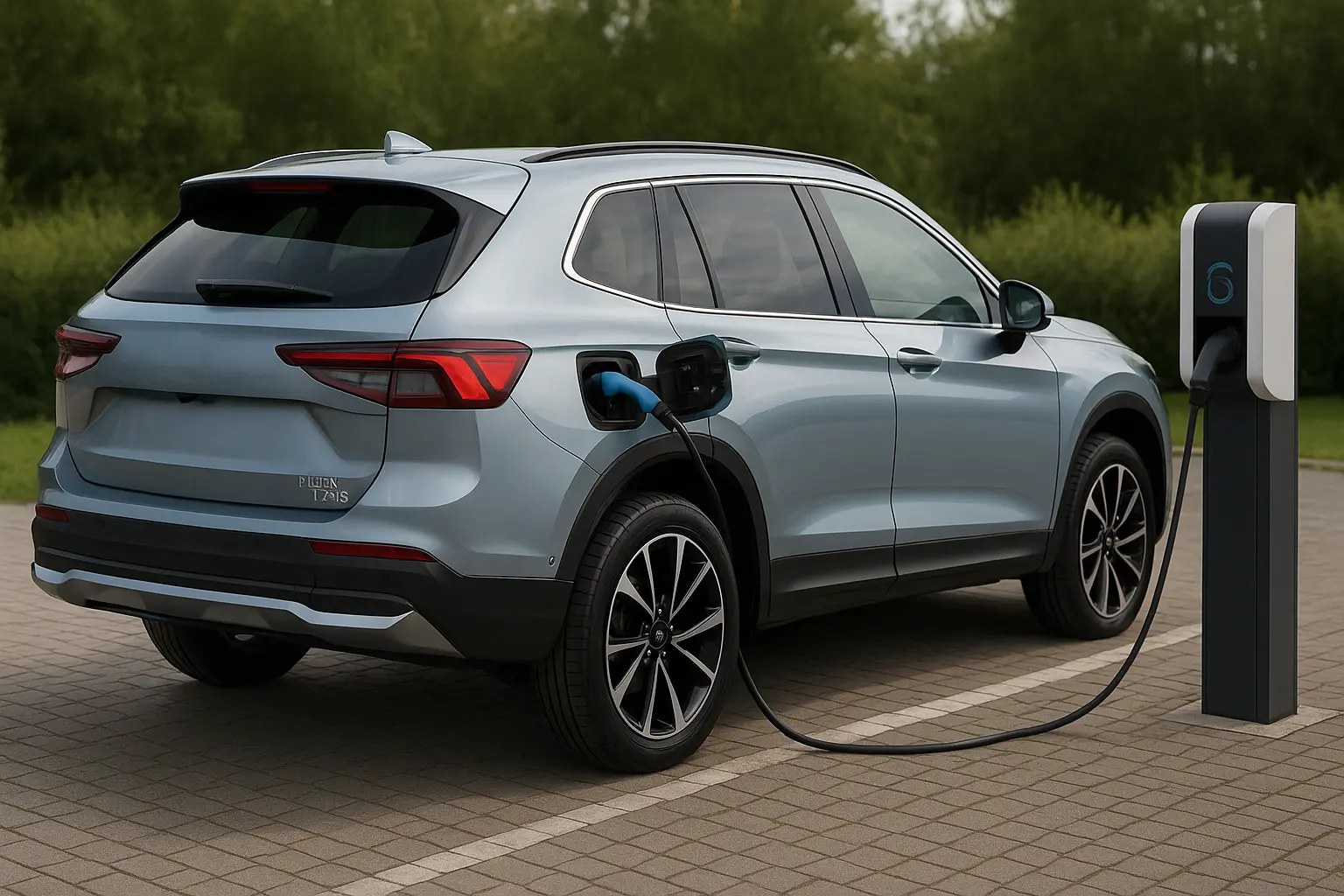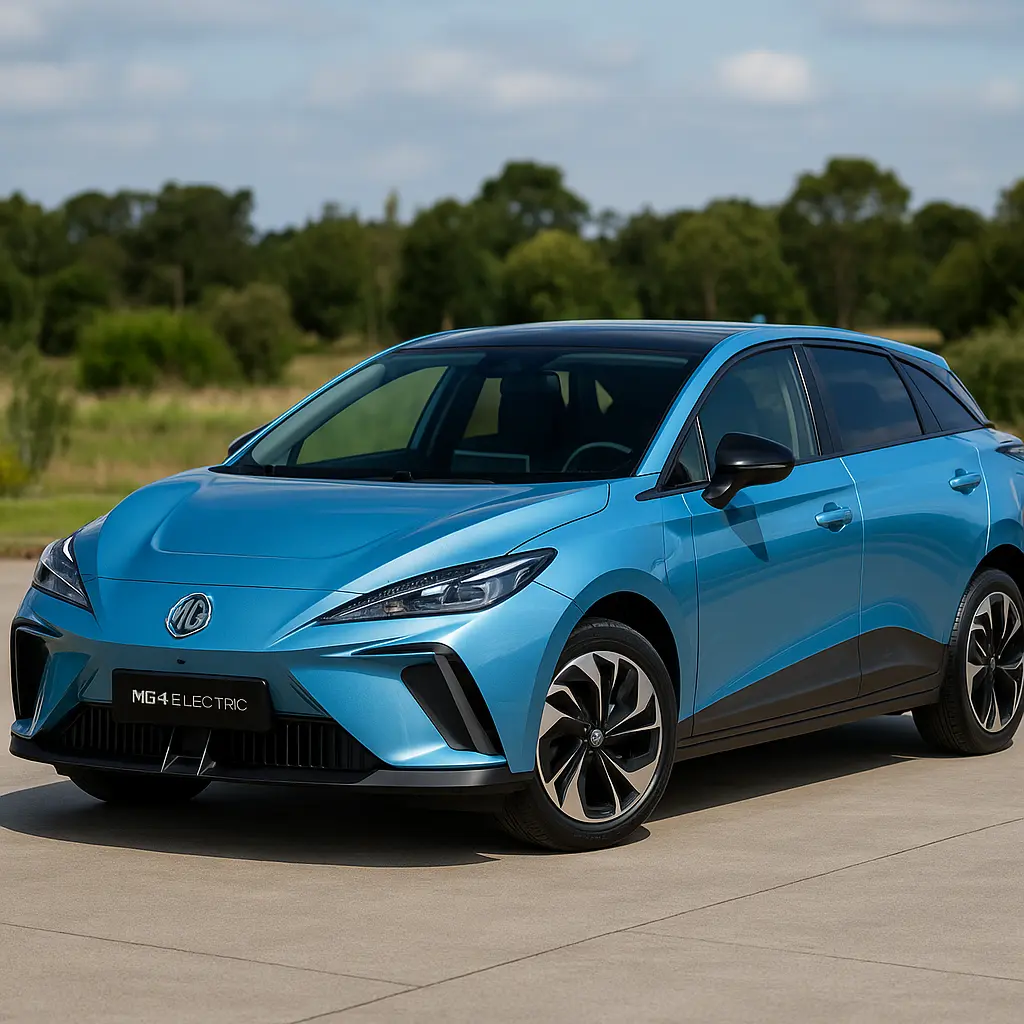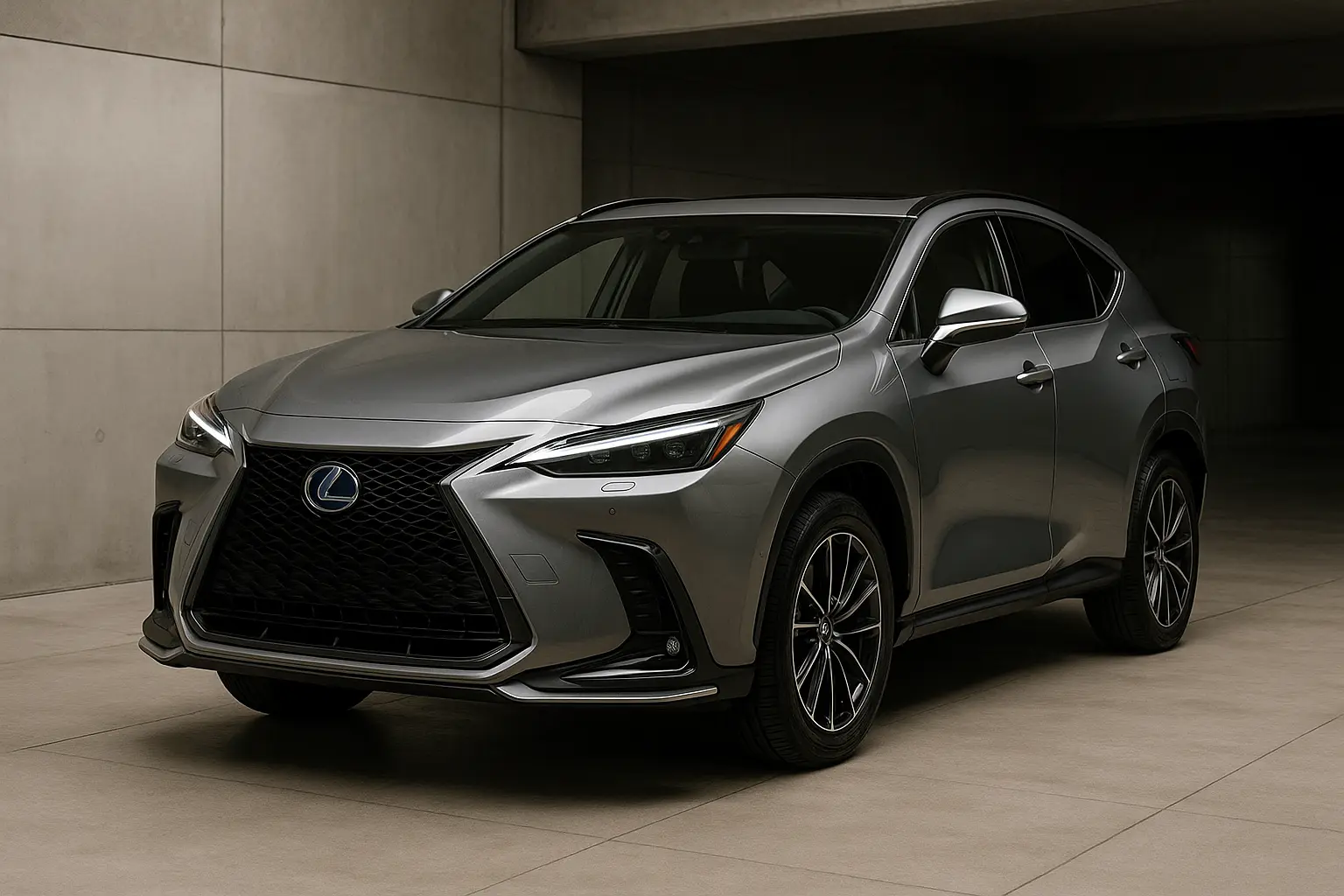In the last decade, the automotive industry has undergone a seismic shift. Internal combustion engines are no longer the unquestioned kings of the road, and battery-electric vehicles (EVs) have risen as a strong contender for the future. Yet, in between these two worlds lies a bridge: the plug-in hybrid electric vehicle (PHEV).
In 2025, Australia finds itself in a unique position. EV charging infrastructure is improving, battery technology is more efficient than ever, and government incentives continue to drive adoption. But range anxiety, charging accessibility in regional areas, and the still-significant upfront cost of EVs remain concerns for many buyers.
This is where plug-in hybrids shine — at least in theory. They promise short-distance, emissions-free driving for daily commutes while retaining the security and long-range capabilities of a petrol or diesel engine for longer trips. But are they really the best of both worlds, or a compromise that pleases no one completely? Let’s break it down.

What Exactly Is a Plug-In Hybrid?
Before diving into whether they’re the right choice, it’s important to clarify what a PHEV is — and how it differs from other hybrid and electric vehicles.
Key Definitions:
- Conventional Hybrid (HEV): Uses an electric motor and a petrol/diesel engine together. The battery is small and charges only through regenerative braking or engine use — no plug required.
- Plug-In Hybrid (PHEV): Has a larger battery and can be charged from an external power source. Offers more all-electric range than HEVs.
- Battery Electric Vehicle (BEV): Runs solely on electricity. No petrol or diesel engine.
Typical PHEV Specs in 2025:
- Electric Range: 40–100 km (varies by model)
- Fuel Tank Range: 500–800 km
- Charging Time: 2–8 hours (depending on battery size and charger type)
- Battery Size: 10–25 kWh (much smaller than EVs’ 60–100 kWh packs)
The Benefits of Plug-In Hybrids in Australia
2.1 Lower Fuel Consumption
When used correctly — charging regularly and using EV mode for short trips — PHEVs can slash your fuel bills dramatically. For city commuters, it’s possible to go weeks without filling up.
2.2 Emissions Reduction
PHEVs can run purely on electricity for daily errands, reducing tailpipe emissions significantly compared to petrol or diesel cars.
2.3 Flexibility for Long Trips
In regional Australia, where charging points may be few and far between, the ability to switch to petrol power is a huge advantage over BEVs.
2.4 Government Incentives
In 2025, several Australian states still offer rebates or stamp duty reductions for low-emission vehicles, including PHEVs, though the incentives are generally more generous for BEVs.
2.5 Lower Purchase Price than EVs
While still pricier than petrol-only equivalents, PHEVs often cost $5,000–$15,000 less than comparable EVs, making them an appealing middle ground.
The Downsides You Need to Consider
3.1 Real-World Efficiency Depends on You
If you neglect to plug in regularly, a PHEV becomes little more than a heavy petrol car. The weight of the battery and electric motor can even make fuel economy worse than a regular hybrid.
3.2 Higher Upfront Cost than Petrol Cars
You’re paying for two drivetrains — an electric motor/battery and an internal combustion engine — which increases manufacturing cost and complexity.
3.3 Maintenance Complexity
While PHEVs may require less brake maintenance due to regenerative braking, they still need oil changes, exhaust upkeep, and all the traditional servicing of a petrol vehicle.
3.4 Smaller Boot Space
The extra battery and hybrid system components can eat into cargo capacity, which may matter for SUV or hatchback buyers.
How PHEVs Compare to BEVs and HEVs in 2025
| Feature / Vehicle Type | PHEV | BEV | HEV |
|---|---|---|---|
| Upfront Cost | Mid | High | Low |
| Running Costs | Low (if charged) | Lowest | Low |
| Electric Range | 40–100 km | 300–600 km | 1–3 km |
| Fuel Range | 500–800 km | N/A | 500–900 km |
| Charging Need | Moderate | High | None |
| Emissions | Low | Zero | Medium |
| Infrastructure Dependence | Medium | High | None |
The Australian PHEV Market in 2025
Popular PHEV Models Available in Australia
- Mitsubishi Outlander PHEV – The pioneer in Australia’s PHEV SUV segment, now boasting over 80 km EV range.
- Kia Sorento PHEV – A family-friendly SUV with strong electric range and advanced tech.
- Volvo XC60 Recharge – A premium SUV with luxury features and impressive performance.
- MG HS Plus EV – Budget-friendly with decent EV range, targeting value-conscious buyers.
- BMW X5 xDrive50e – High-end PHEV with both performance and efficiency.
Trends Driving the Market
- Increasing consumer awareness about charging habits.
- More competition from affordable EVs pushing PHEV pricing lower.
- Fleet buyers showing strong interest for tax and running cost advantages.
Cost Analysis: Is a PHEV Worth the Investment?
Purchase Price vs. Savings
- Example: Mitsubishi Outlander PHEV (
$62,000) vs. equivalent petrol model ($52,000). - Estimated annual fuel saving (if charged regularly): $1,000–$1,500.
- Payback period can range from 5–8 years, depending on driving habits and fuel prices.
Servicing Costs
PHEVs often require servicing similar to petrol cars, but regenerative braking and less engine strain can lower wear-and-tear.
Resale Value
As of 2025, resale values are improving for hybrids and PHEVs, but they still lag slightly behind popular petrol SUVs.
Charging Considerations in Australia
Home Charging
- Level 2 chargers can top up most PHEVs overnight.
- Even a standard 240V household socket can charge smaller PHEV batteries in under 8 hours.
Public Charging
- While BEV drivers may queue for high-speed chargers, PHEV drivers can use slower AC chargers without much inconvenience.
- However, using public chargers regularly can erode your fuel savings due to higher per-kWh costs.
Are PHEVs the Best Choice for You?
Choose a PHEV If:
- You have off-street parking and can charge at home.
- Most of your driving is short trips (under 50 km/day).
- You take occasional long road trips where petrol power is handy.
- You want to reduce emissions without fully committing to an EV.
Consider a BEV Instead If:
- You can charge easily at home and work.
- Your driving is mostly urban, and you want zero emissions.
- You don’t want to pay for the complexity of two drivetrains.
Consider an HEV Instead If:
- You can’t charge at home.
- You drive long distances regularly and want fuel efficiency without charging.
The Future of PHEVs in Australia
While BEVs are the long-term goal for many governments and automakers, PHEVs may hold a unique role for at least the next decade — especially in countries like Australia, where infrastructure gaps still exist.
We can expect:
- Longer EV ranges in PHEVs (over 100 km becoming standard).
- Lower prices as battery costs drop.
- Increased availability in more segments, from utes to compact SUVs.
Conclusion
So, are plug-in hybrids the best of both worlds in 2025? For many Australians — especially those balancing short daily commutes with occasional long drives — the answer is yes. They deliver meaningful emissions reductions, lower running costs, and the freedom to travel anywhere without charging anxiety.
However, their true benefits only shine if you use them as intended — charging regularly and maximising electric driving. If you’re disciplined with your charging habits, a PHEV can indeed be the perfect transitional vehicle as Australia heads toward a fully electric future.
Leave a comment
Your email address will not be published. Required fields are marked *




















